This is a sponsored post written by me on behalf of Miracle-Gro Gro-ables. All opinions are 100% mine.
Integrating multiple subjects is a great way to get the most bang for your homeschooling time. Some topics naturally seem to go together – science and math, history and geography, and reading and writing. If I asked you what you could integrate with gardening, I’m sure your first thought would be science and then probably math.
What about integrating gardening and geography? That’s what we’re doing as we continue to work on our Gro-ables Project.
Hardiness Zones in the United States
Understanding hardiness zones is an important part of gardening. This image below from the USDA shows the various zones in the country. Certain plants can only live in certain zones.
You’ll notice that we live in one of the most diverse states when it comes to hardiness (Michigan). Our location is marked with a smiley face so you can find it. We can drive just a short distance and be in a few different zones. Using hardiness zones will help you, for example, when selecting perennials at a garden store or ordering from a catalog. You have to use plants that work for your zone.
Frost Dates
You also have to know about frost dates. The spring frost date is the day in the spring you can normally expect to have the last hard frost that could damage plants. The fall frost date is the first date you could expect to have a killing frost that would harm your plants. These are based on averages, remember, and weather has a mind of its own so things can vary from year to year.
If you look up the frost dates for your area online, you will know exactly when it is safest to plant. Where we live, we are generally safe from frost between May 15 and September 29.
Planting More Gro-ables
Now that we are officially past our last frost date, we’ve been able to get back to more garden planting with Caroline. We’re still in the process of planting our shipment of Gro-ables since many of them require warmer temperatures to be safe. This weekend we were finally ready to plant the herbs. We planted basil, lemon basil, flat leaf parsley and cilantro.
Caroline did a great job of preparing the potting mix and getting the Gro-able pods ready.
The Gro-ables are fun to use with children because they are easy to handle. She’s enjoyed using the pods. She also pointed out that it was nice she could change her mind and easily move the pods around while planting.
Super easy! Just put the Gro-able in the potting mix so it’s level with the potting mix around it and water! I’m especially looking forward to the parsley.
Next weekend we’ll finish planting the rest of the pods that need warm weather. What are you planting and growing with your kids this spring?
➡ See more of my Garden-Themed posts here.
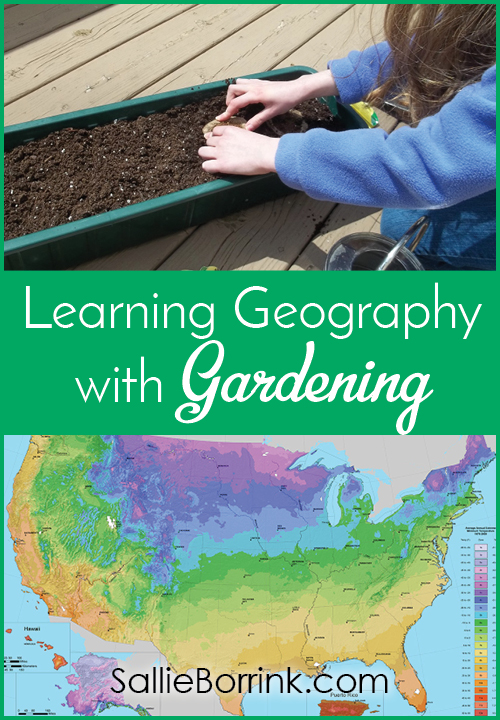
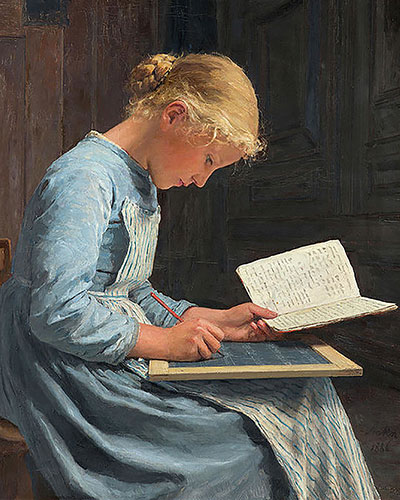
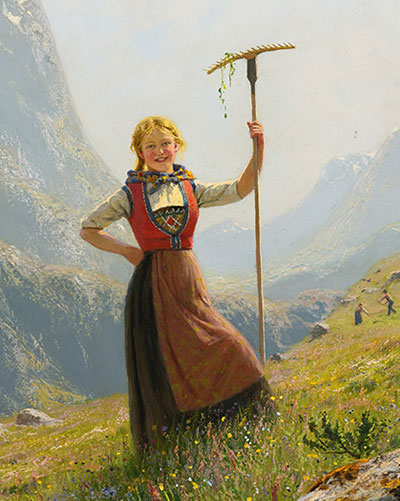
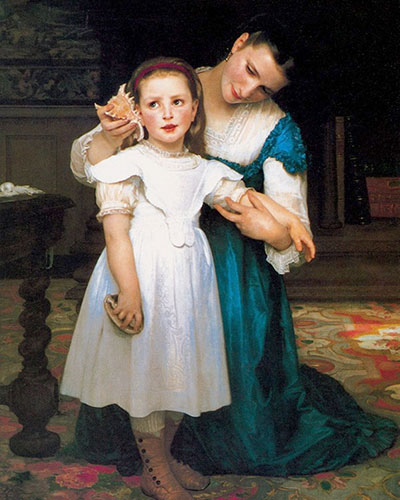
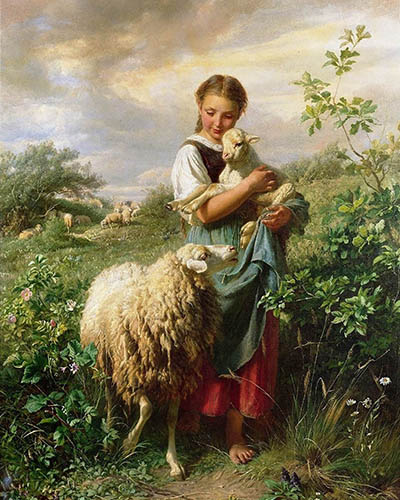
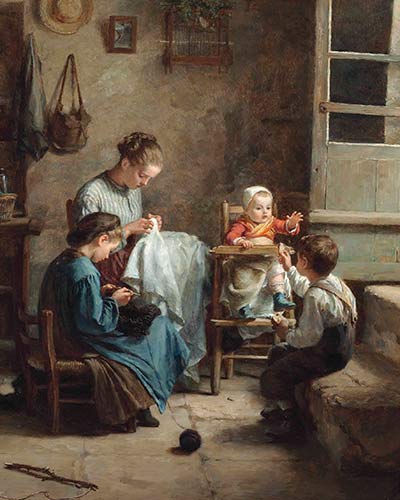
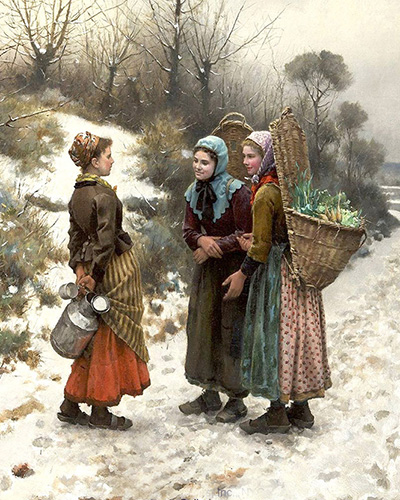

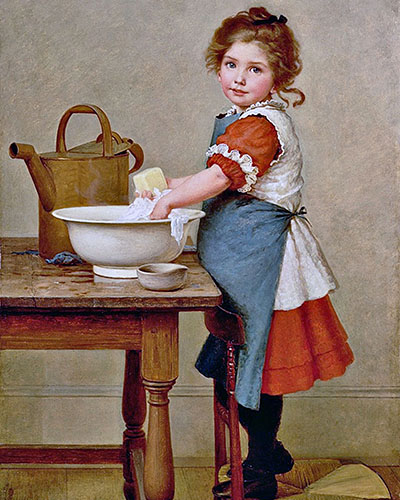

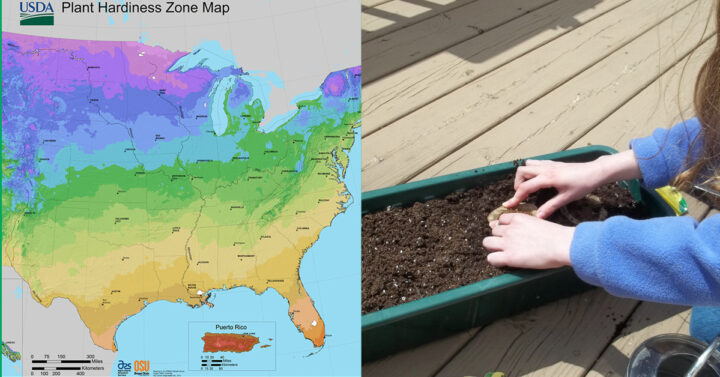
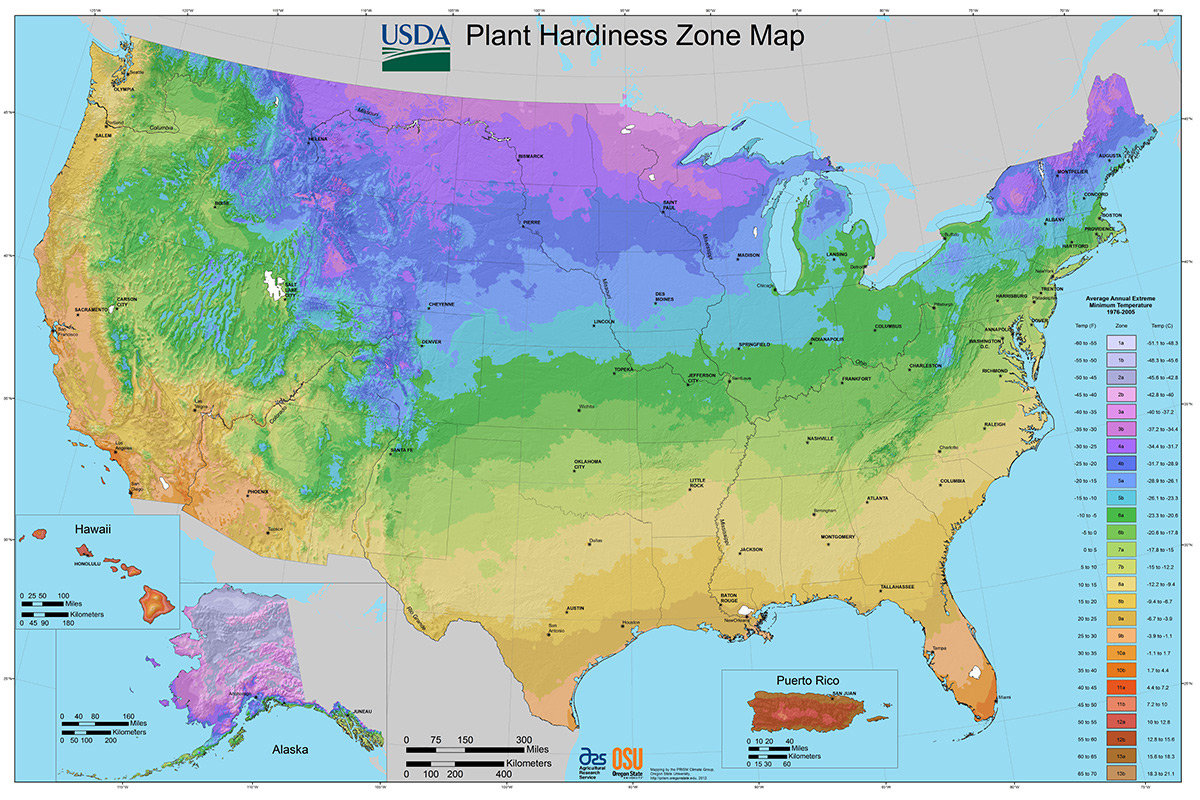
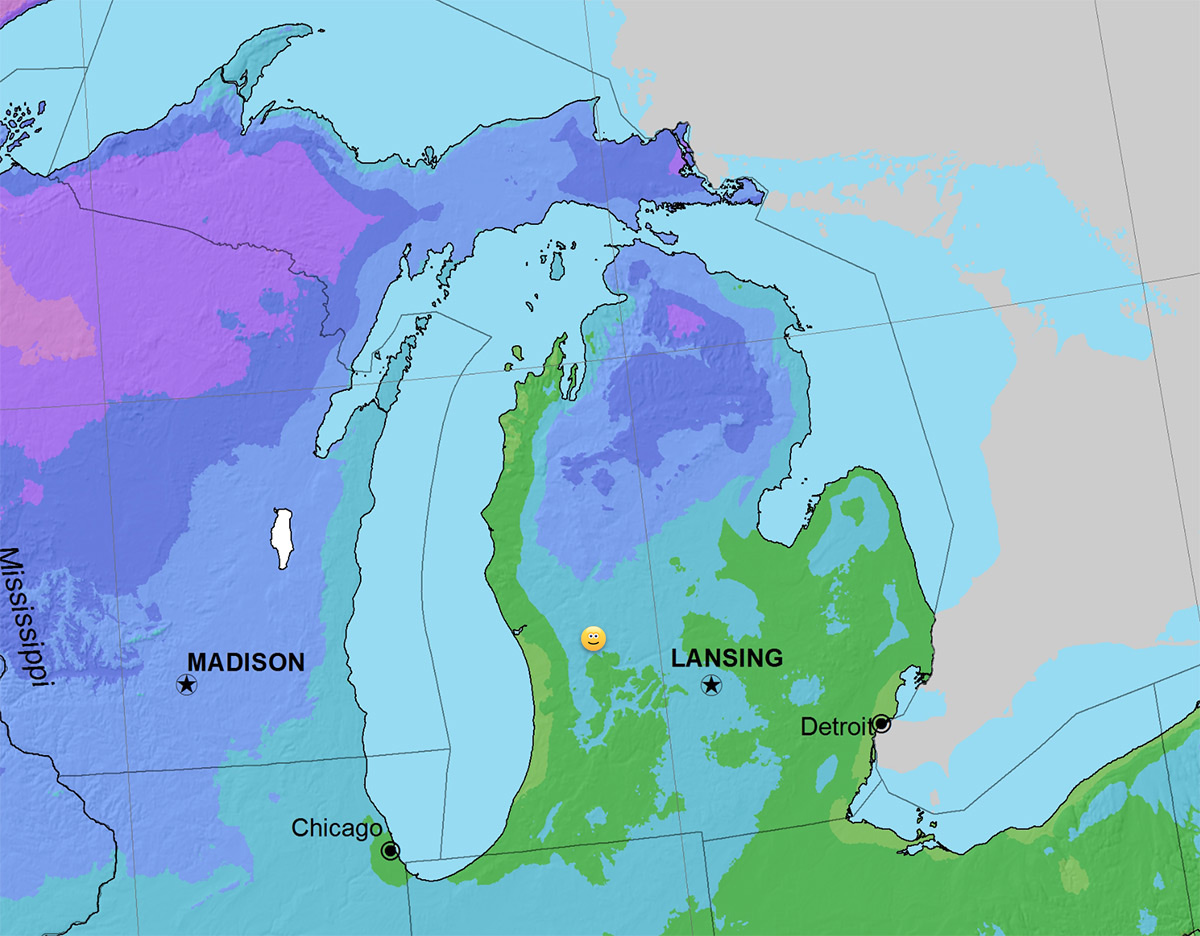
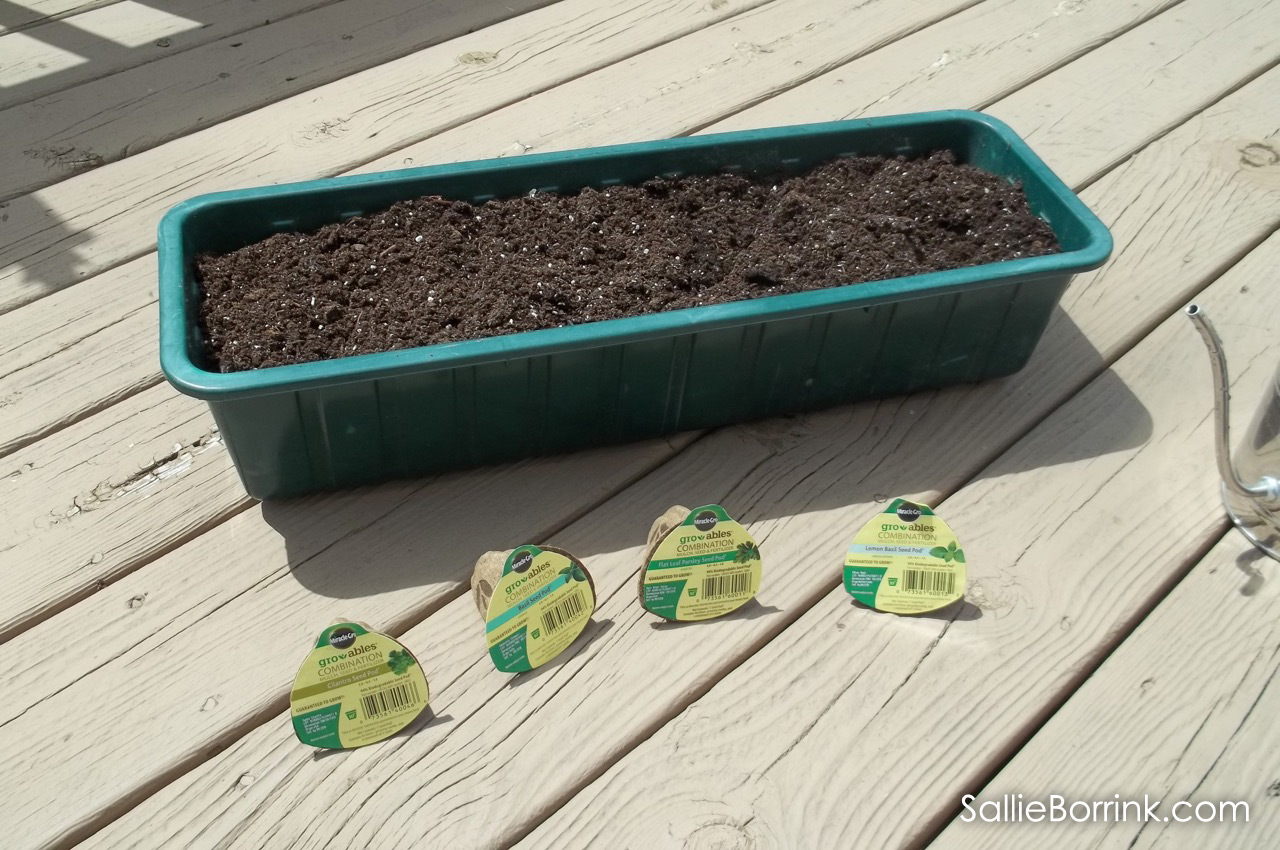
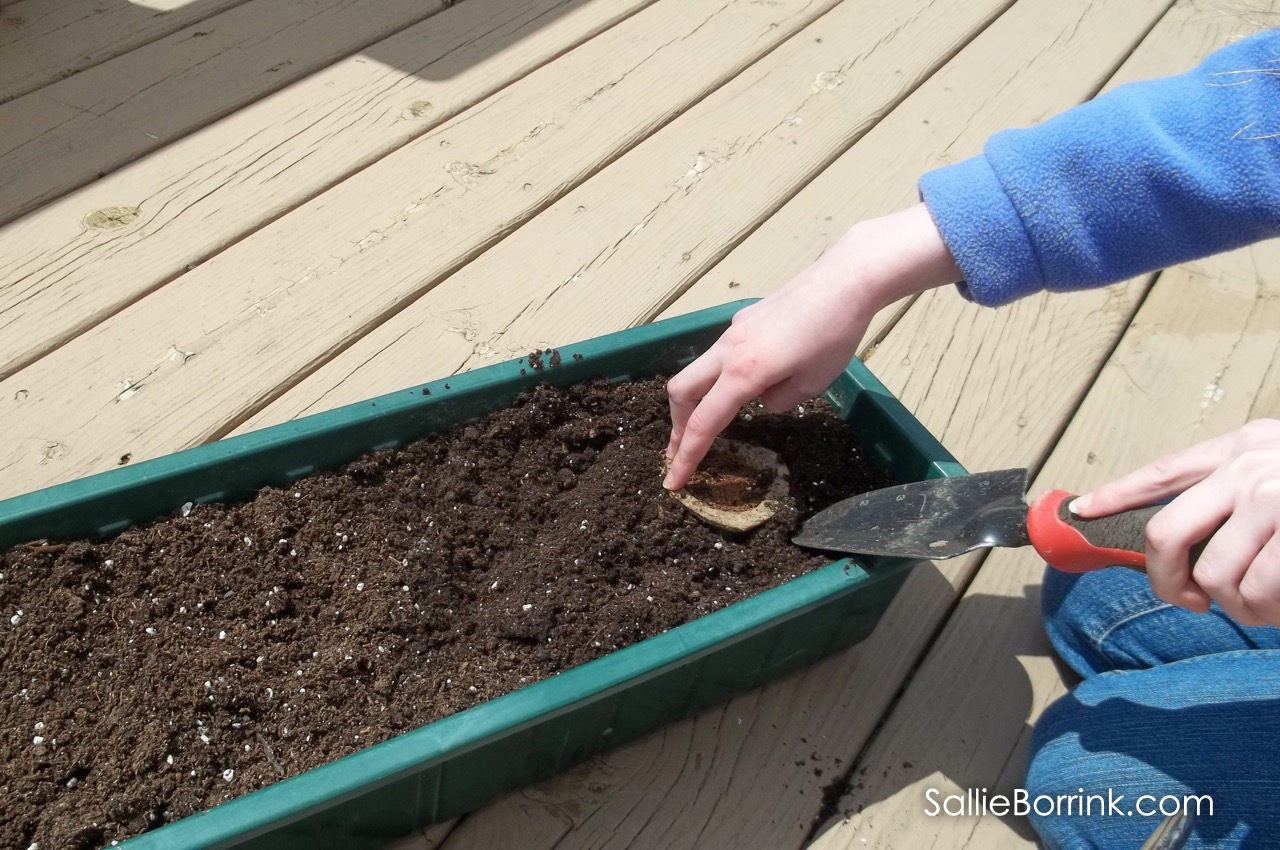

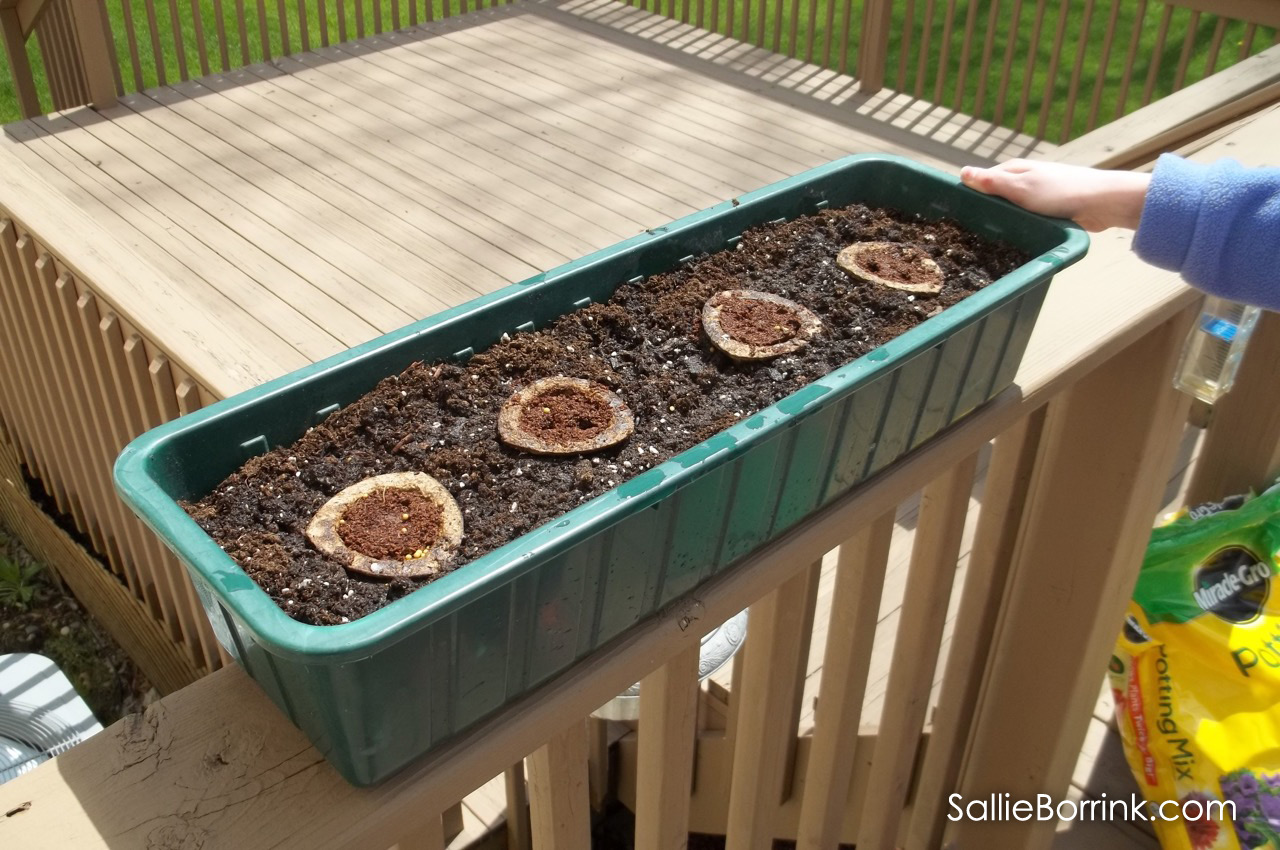





 The Importance of Creation For Our Mental Health
The Importance of Creation For Our Mental Health
This morning I had a two-year-old come along after I watered my petunia seedlings…all he saw was wonderful mud for throwing around! I rescued some of the seedlings, and the rest needed thinning out anyway. Also, I have spares that I haven’t set out yet; I don’t have a lot of confidence in my gardening skills, so I plant extras and don’t treat them all exactly the same (hoping that at least some will be able to grow).
Oh Peggy! That would be a major bummer. I hope you are able to coax enough of them to grow so you have beautiful colors this summer!
I loved this post, I know all about hardiness zones but never thought about teaching this way! Awesome Sallie! I’m going to be sharing this post.
Also, Michigan is so diverse! We live up in the U.P. 😉
Thanks, Amanda! I’m glad it inspired you in a different way.
Woo hoo for the Yoopers! 🙂